Table of Contents
Top 5 Essential Christmas Spices for Baking and Cooking
The most essential spices for Christmas baking and cooking are cinnamon, nutmeg, ginger, allspice, and cloves. These five spices form the foundation of holiday flavors, adding warmth, depth, and festive character to everything from cookies and mulled wine to roasted meats and desserts. Each spice brings unique qualities that create the signature taste of the season.
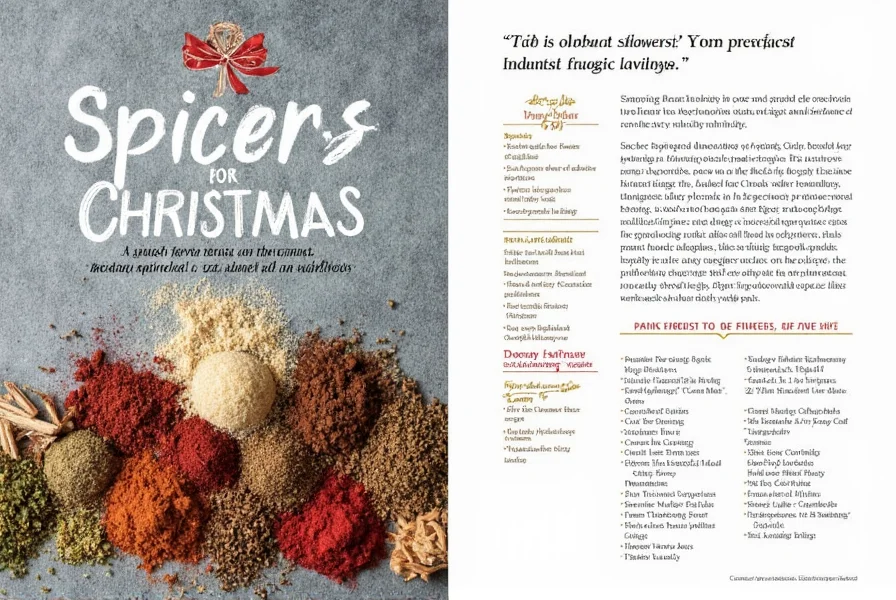
Whether you're preparing gingerbread, fruitcake, or spiced cider, these spices work together to create the comforting aromas and flavors that define Christmas. This guide explains how to use each spice effectively, which combinations work best, and how to store them for maximum freshness.
Essential Spices for Christmas
Cinnamon
Cinnamon is the cornerstone of Christmas baking. Its warm, sweet flavor enhances everything from pies and cookies to hot beverages. Cassia cinnamon (the most common variety) provides bold flavor for robust recipes like gingerbread, while Ceylon cinnamon offers a more delicate taste for subtle applications like custards. For Christmas baking, cassia is preferred due to its strong aroma that holds up in rich, spiced dishes.
Nutmeg
Nutmeg adds depth and complexity to both sweet and savory dishes. Freshly grated nutmeg has a more vibrant flavor than pre-ground versions. It's essential in pumpkin pie, eggnog, and mulled wine. Store whole nutmeg in an airtight container and grate it just before use for maximum potency.
Ginger
Ginger brings a spicy, zesty kick to holiday treats. Fresh ginger root provides brighter flavor for marinades and beverages, while ground ginger works best in baked goods. For gingerbread cookies and cakes, use freshly ground ginger for the most authentic taste. Ginger pairs perfectly with citrus and molasses in traditional recipes.
Allspice
Allspice has a complex flavor reminiscent of cinnamon, cloves, and nutmeg combined. It's essential for mulled wine, spiced apple dishes, and meat rubs for holiday roasts. Whole allspice berries are ideal for infusing liquids, while ground allspice works well in baked goods. Use sparingly as its flavor is potent.
Cloves
Cloves deliver a strong, aromatic flavor that's perfect for mulled wine and spiced desserts. Whole cloves are preferred for infusing drinks as they're easy to remove after steeping. For baking, use ground cloves in small quantities (1/4 teaspoon per recipe) to avoid overpowering other flavors. Cloves pair beautifully with cinnamon and orange in holiday recipes.

Spice Combinations for Christmas Baking
| Spice Blend | Common Uses | Flavor Profile |
|---|---|---|
| Cinnamon + Nutmeg | Pie fillings, cookies, cakes | Warm, sweet, and slightly spicy |
| Ginger + Cinnamon | Spiced tea, gingerbread, fruitcakes | Zesty, sweet, and aromatic |
| Allspice + Cloves | Mulled wine, meat rubs, spiced apples | Rich, pungent, and earthy |
| Nutmeg + Cumin | Savory dishes, stews, roasted vegetables | Earthy, nutty, and slightly spicy |
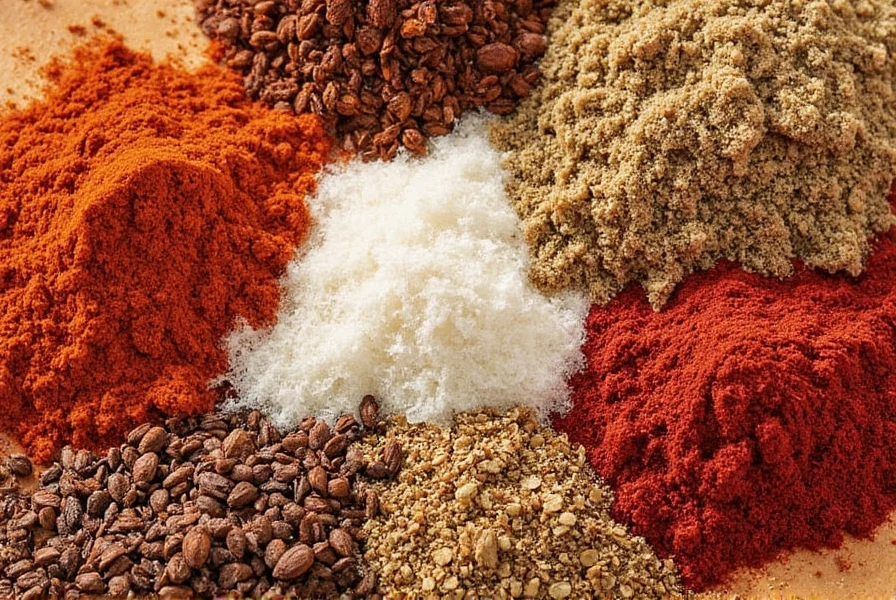
Buying Guide for Christmas Spices
Top Picks for Christmas Spices
Ground Cinnamon
- Features: Cassia (stronger flavor) or Ceylon (more delicate)
- Advantages: Long shelf life (2-3 years), versatile for baking and drinks
- Use Cases: Gingerbread, pumpkin pie, hot cocoa, oatmeal
- Shopping Tip: Choose freshly ground cinnamon with strong aroma; avoid pre-ground if possible
Fresh Ginger
- Features: Crisp texture, vibrant aroma
- Advantages: More potent than ground ginger, better for beverages and marinades
- Use Cases: Gingerbread, spiced cider, holiday roasts
- Shopping Tip: Select firm, smooth roots with tight skin; store in refrigerator for up to 3 weeks
Clove Bundles
- Features: Dried flower buds with intense aroma
- Advantages: Ideal for infusing liquids, easy to remove after cooking
- Use Cases: Mulled wine, spiced apple cider, ham glazes
- Shopping Tip: Look for whole cloves with rich brown color and strong scent; avoid stale or dusty-looking cloves
Allspice
- Features: Small, dark berries with warm, peppery flavor
- Advantages: Versatile for both sweet and savory dishes
- Use Cases: Baked goods, meat rubs, stews, mulled wine
- Shopping Tip: Buy whole allspice berries and grind fresh for best flavor; store in airtight container away from light
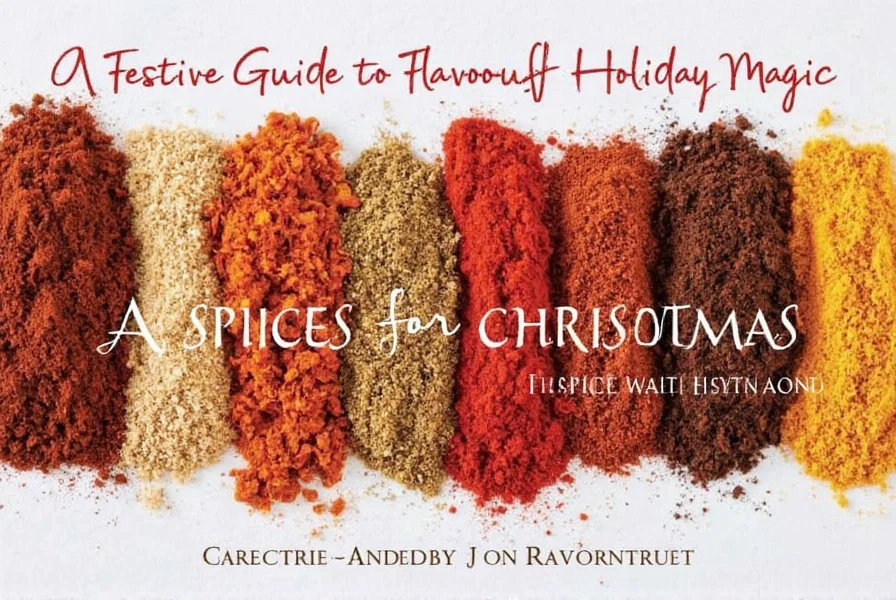
Practical Tips for Using Spices in Christmas Cooking
- Measure carefully: Strong spices like cloves and nutmeg should be used sparingly (1/4 teaspoon per recipe)
- Store properly: Keep spices in airtight containers away from heat, light, and moisture; whole spices last 3-4 years, ground spices 2-3 years
- Toast whole spices: Lightly toast cumin, coriander, or cardamom seeds before grinding to enhance flavor
- Combine strategically: Pair cinnamon with apples, ginger with citrus, and cloves with orange for complementary flavors
- Make your own blends: Create custom spice mixes like pumpkin pie spice (cinnamon, nutmeg, ginger, cloves) for consistent holiday baking
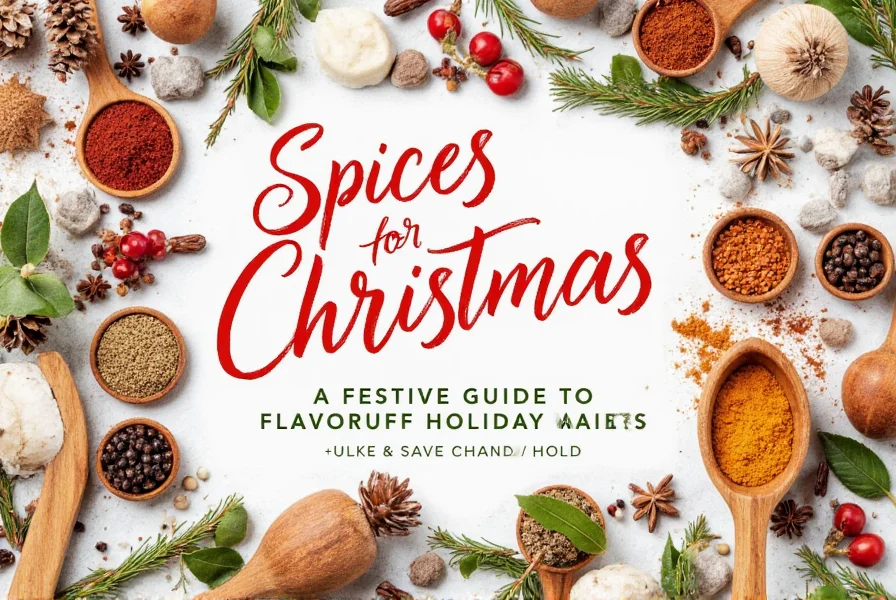
Frequently Asked Questions About Christmas Spices
What are the most essential spices for Christmas baking?
The most essential spices for Christmas baking are cinnamon, nutmeg, ginger, allspice, and cloves. These form the foundation of traditional holiday spice blends used in gingerbread, pumpkin pie, fruitcakes, and many other festive treats. Cinnamon provides warmth and sweetness, nutmeg adds depth, ginger brings a spicy kick, allspice offers a complex flavor reminiscent of several spices combined, and cloves contribute a strong, distinctive aroma perfect for the season.
How should I store Christmas spices to keep them fresh?
Store spices in airtight containers away from heat, light, and moisture to preserve their potency. The best place is a cool, dark cupboard away from your stove or oven. Whole spices generally last longer (3-4 years) than ground spices (2-3 years). For the holiday season, check your spice cabinet in November to ensure your spices are still fresh—give them a smell test; if the aroma is weak, it's time to replace them. For extended freshness, you can even store certain spices like nutmeg in the freezer.
Can I substitute fresh spices for ground ones in Christmas recipes?
Yes, but with some important considerations. Fresh spices like ginger root or nutmeg (grated from whole) are more potent than their ground counterparts. As a general rule, use ¼ teaspoon of ground spice for every 1 teaspoon of fresh spice. Freshly grated nutmeg has a more complex flavor than pre-ground, and fresh ginger has a brighter, more vibrant taste than dried ground ginger. For mulled wine or simmering applications, whole spices like cloves or cinnamon sticks are actually preferred as they're easier to remove after infusion.
How far in advance can I buy Christmas spices?
For optimal flavor, purchase your Christmas spices no more than 6 months before you plan to use them. If buying ground spices, try to get them within 3-4 months of the holiday season. Whole spices (like cinnamon sticks, whole nutmeg, or cloves) maintain their potency longer—up to a year when stored properly. Many specialty spice shops offer freshly ground holiday blends specifically for the Christmas season. If you want the absolute freshest spices, consider ordering them in early November for December use.
What's the difference between cassia cinnamon and Ceylon cinnamon for holiday baking?
Cassia cinnamon (the more common, reddish-brown variety) has a stronger, more pungent flavor that works well in robust holiday recipes like gingerbread or mulled wine. Ceylon cinnamon (lighter in color, often called "true cinnamon") has a more delicate, complex flavor with citrus notes, making it better for subtler applications like custards or delicate pastries. Cassia contains more coumarin (a compound that can be problematic in large quantities), while Ceylon has significantly less. For most traditional Christmas baking, cassia is preferred for its stronger flavor that holds up in rich, spiced recipes.
Conclusion
Spices for Christmas are more than just ingredients—they're the heart of the holiday season. From the familiar warmth of cinnamon to the boldness of cloves, each spice brings its own unique character to your dishes and drinks. By understanding which spices to use, how to combine them, and where to find the best quality, you can elevate your holiday cooking to new heights.
Remember, the key to a successful Christmas feast is not just the food, but the experience it creates. And what better way to enhance that experience than with the right spices? So go ahead, experiment, and make this holiday season one to remember—with every bite, every sip, and every scent of holiday magic.
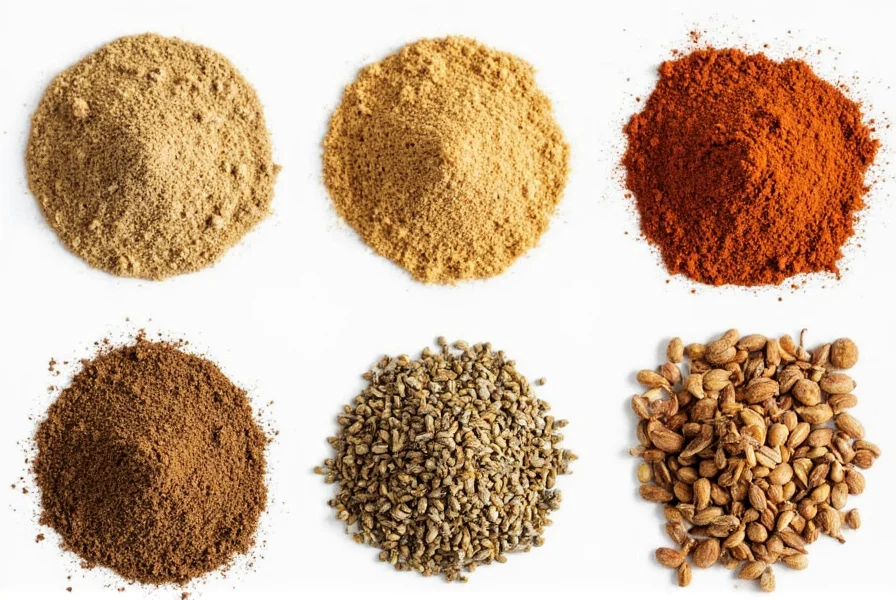
As you prepare for the festivities, take a moment to appreciate the role that spices play in bringing people together. They're a reminder that the simplest ingredients can create the most unforgettable moments. Happy holidays, and may your kitchen be filled with the rich, warm aromas of Christmas spices!

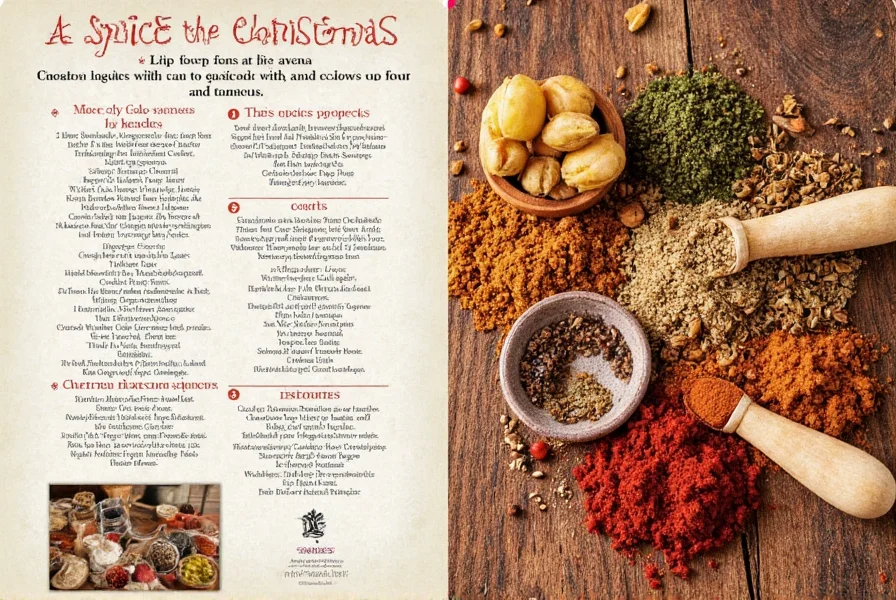









 浙公网安备
33010002000092号
浙公网安备
33010002000092号 浙B2-20120091-4
浙B2-20120091-4